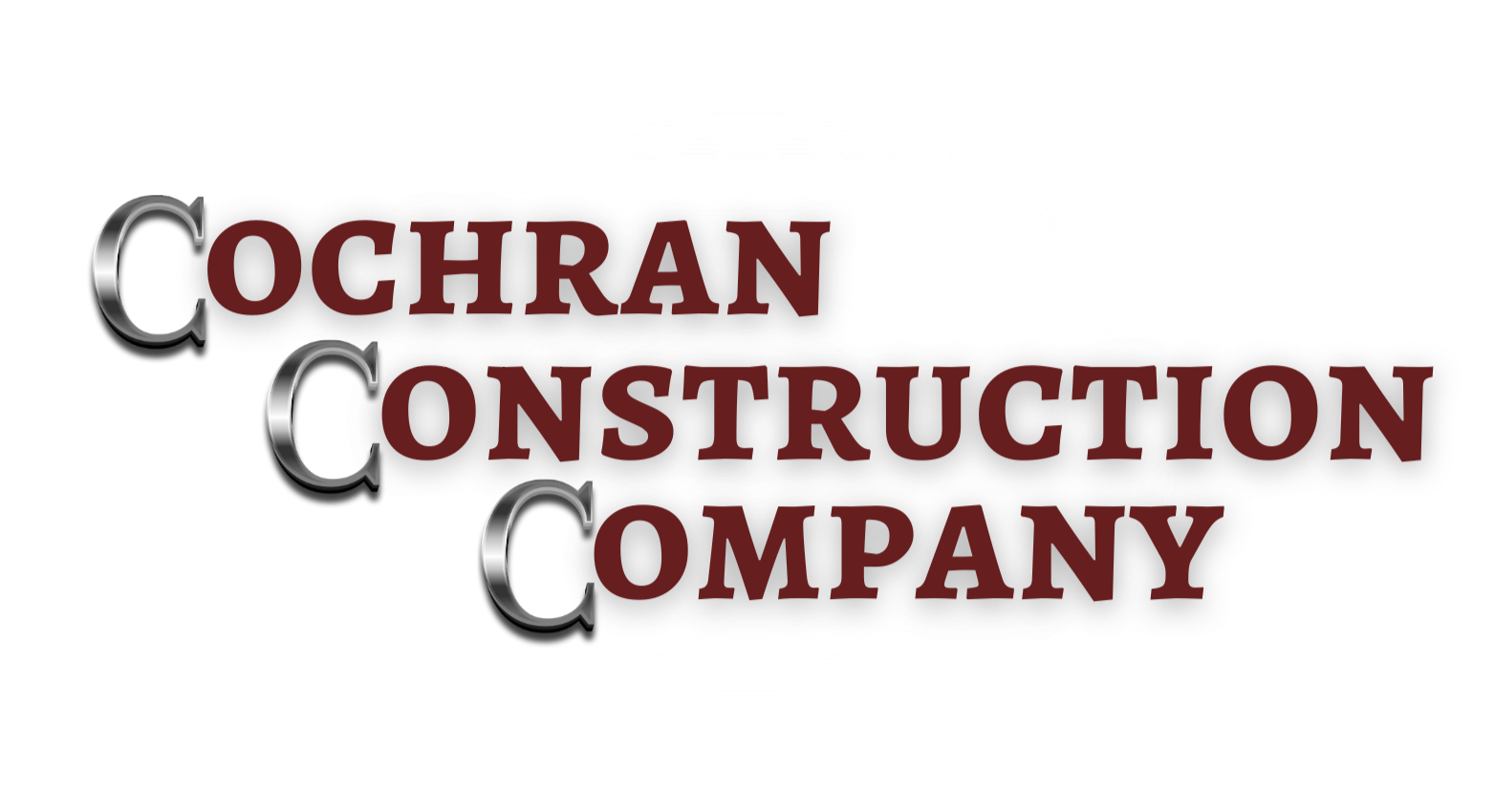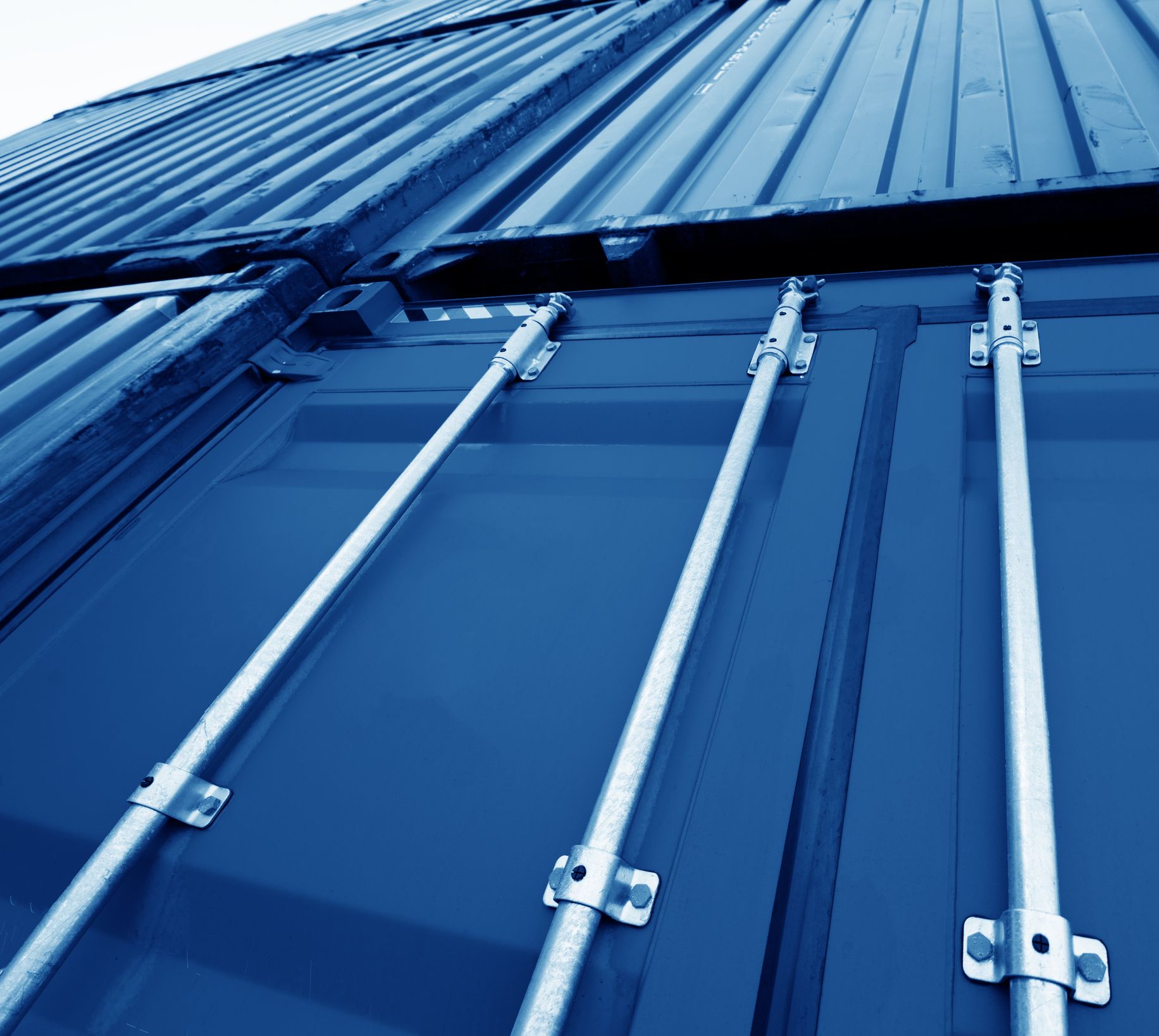9 Tips for Designing and Constructing an Energy-Efficient Building
As global temperatures continue to change due to global warming, building owners are faced with increased energy bills. While additional building features can reduce energy consumption, another solution is to design and build energy-efficient buildings.
Energy-efficient buildings have lower carbon emissions and can reduce utility bills for businesses. This blog offers tips for designing and constructing structures with minimal energy requirements.
1. Increase Natural Lighting
Maximum use of natural light in a building leads to less demand for artificial lighting such as incandescent bulbs. One strategy to increase natural lighting within your home is to install skylights. South-facing windows can also provide better illumination within a building without generating glare. Another design feature includes solar windows that can convert sunlight to emission-free energy.
2. Focus on Insulation
The building's exterior should have a design that reduces interior cooling and heating requirements. One possible approach is to make the building highly airtight. If you need to design a new building, choose non-traditional wall systems with exceptional insulation capabilities. For old buildings, replace existing windows and doors to prevent air leaks.
3. Select the Right Ventilation System
An airtight building increases energy efficiency but can negatively impact the building's ventilation. As you create an airtight system, plan for a ventilation system that enhances air quality while preventing moisture buildup. For example, plan for heat recovery ventilators that warm incoming air with air leaving the building. In the summer, the cooler air within the building can help cool incoming air from the outside.
4. Consider Plug Load Usage
A building's energy efficiency also depends on the total plug load. As the number of people in a building increases, more computers and other charging devices will exist. The result is an increase in the building's total electrical usage. The building should have efficient power strips and other features that can lower plug load energy use to reduce energy consumption.
5. Have Measuring Systems
While building enhancements reduce energy consumption, the mere act of measuring and reporting electrical usage can greatly reduce energy bills. Energy consumption reports provide important insights that make the building's occupants aware of their energy consumption. As a result, the occupants can consciously lower their energy usage or know where they waste energy.
6. Focus on Renewable Energy Sources
Fossil fuels are a significant source of energy in many places. However, since fossil fuels are hazardous to the environment, the latest building designs try to incorporate renewable energy sources. Renewable energy sources are more efficient and generate negligible waste over the years. For instance, solar panels are energy efficient and don't generate harmful substances that can harm the environment.
7. Implement Cogeneration Systems
Large buildings, like industrial plants, resorts, and hospitals, use waste materials to enhance energy efficiency. The waste produces energy that can heat water and rooms in a process called cogeneration. The cogeneration process reduces heat wastage and leads to lower energy bills.
8. Use the Correct Orientation
Because the position of the sun changes throughout the year, orient your building in a way that takes advantage of sunlight and shade. Frequently used areas should face north to ensure maximum light during the day. On the hand, rarely used rooms can orient towards the south.
9. Choose Construction Materials Wisely
The design should specify materials that will reduce heat loss. For instance, structural insulated frames and timber frames are highly airtight materials that prevent heat loss. You can also use other materials like brick, provided that you boost the insulation with special membranes and tapes.
Work With Qualified Contractors
If you want an energy-efficient building, work with a qualified contractor like Cochran Construction. We are an insured company that offers industrial and commercial building services. Contact us for more information.
Business Hours:
Monday-Friday, 8 a.m.-5 p.m.
Licensed, Bonded & Insured
Louisiana No. 22001


